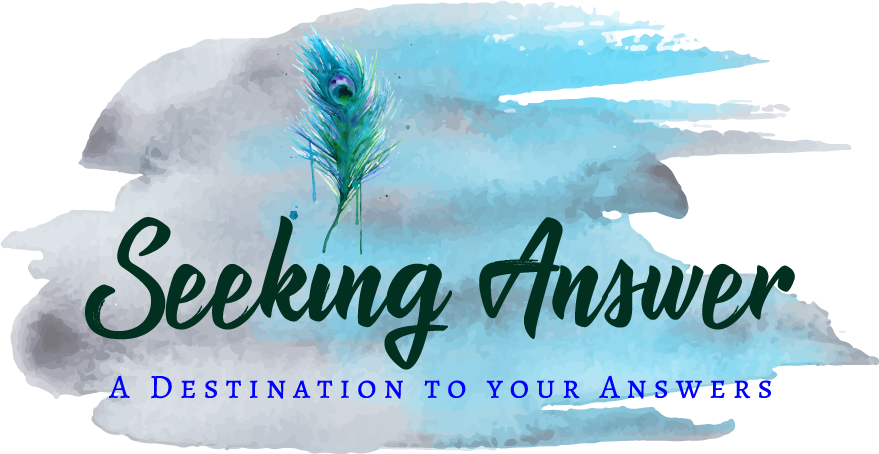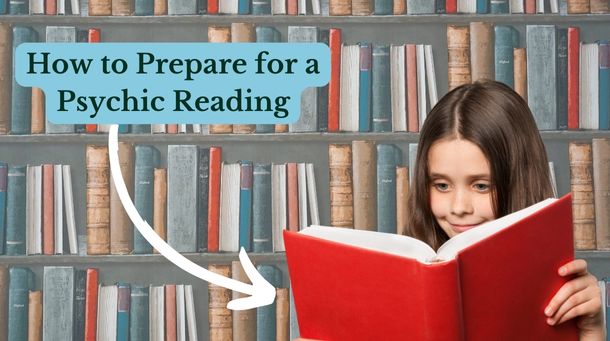Tarot readings have been used for centuries as a tool for divination, providing insight and guidance into various aspects of life. While the Tarot has often been associated with mysticism and the occult, it is actually a versatile and accessible practice that anyone can learn.
In this guide, we’ll explore the basics of Tarot readings, including how to choose a deck, learn the meanings of the cards, and perform readings for yourself and others. We’ll also discuss the different types of spreads and layouts used in Tarot readings, and provide tips for interpreting the cards and gaining deeper insight into your questions and concerns.
Whether you’re a seasoned Tarot reader or a curious beginner, this guide will help you unlock the mysteries of the Tarot and harness its power to gain clarity, understanding, and guidance in your life.
The Basics of Tarot Readings
A tarot deck typically consists of 78 cards, divided into two main categories: the Major Arcana and the Minor Arcana. The Major Arcana includes 22 cards that represent major life events, such as The Fool, The Magician, The Empress, The Hierophant, The Lovers, The Tower, The Devil, and The World.
The Minor Arcana consists of 56 cards, divided into four suits: Wands, Cups, Swords, and Pentacles (or Coins). Each suit has 10 numbered cards (Ace through 10) and four court cards (Page, Knight, Queen, and King).
Overall, tarot readings can provide insight, guidance, and clarity on a wide range of issues and questions. However, it’s important to remember that the interpretation of the cards is subjective and can vary depending on the reader, the querent, and the context of the reading.
Ethics and Responsibility in Tarot Readings

Ethical practices are essential in tarot readings to ensure the well-being and empowerment of both the reader and the client. Ethical tarot reading involves honesty, integrity, confidentiality, and respect for the client’s autonomy and free will.
The reader should avoid making predictions or giving medical or legal advice, and should not manipulate or exploit the client’s vulnerabilities.
Establishing clear boundaries with clients is crucial to maintaining a professional and respectful relationship. The reader should clearly communicate their policies and fees and should avoid overstepping their role as a reader.
They should not offer unsolicited advice or personal opinions and should respect the client’s right to end the session at any time. The reader should also avoid engaging in romantic or sexual relationships with clients, as this can create a conflict of interest and compromise the client’s trust.
Ethical practices and responsible behavior are essential in tarot readings. Maintaining clear boundaries, respecting the client’s autonomy, and promoting their well-being are key principles to follow as a professional tarot reader.
Tarot Readings and Spiritual Development

Tarot readings can serve as a helpful tool for those seeking spiritual development and self-discovery. Through tarot readings, a reader can access their intuition and gain deeper insight into their inner world, uncovering patterns or blockages that may be hindering their spiritual growth.
By using tarot readings for meditation and reflection, one can connect with their inner wisdom, explore different aspects of their psyche, and cultivate a deeper understanding of themselves and their spiritual journey. Tarot readings can also be used to set intentions, clarify goals, or seek guidance on specific areas of life.
It’s important to remember that while tarot readings can be a powerful tool for spiritual growth, the responsibility for personal development and empowerment ultimately lies with the individual. Tarot readings should be used as a means to encourage and inspire personal growth, rather than as a substitute for personal responsibility.
Conclusion:
Tarot readings can be a valuable tool for those seeking spiritual development and self-discovery. Through the cards, a reader can access deeper levels of intuition and insight, uncover patterns or blockages that may be hindering their spiritual growth, and gain guidance and inspiration for overcoming them.
By using tarot readings for meditation and reflection, individuals can cultivate a deeper understanding of themselves and their spiritual journey. However, it’s important to remember that personal responsibility and empowerment are essential in any spiritual practice, including tarot readings.
Tarot readings should be used as a means to encourage and inspire personal growth, rather than as a substitute for personal responsibility. Overall, tarot readings can be a helpful tool for those seeking to deepen their spiritual practice and connect with their inner wisdom.




